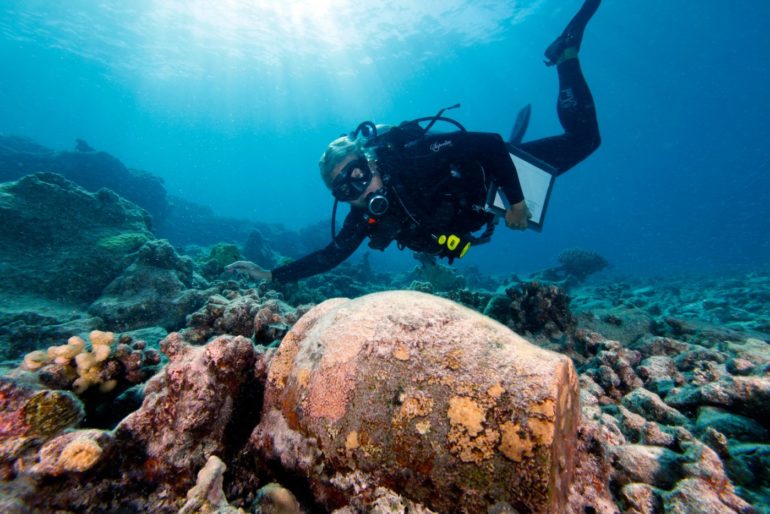What does SOS really stand for?
Does SOS really stand for “Save Our Ship?” If not, what does the “send help” abbreviation SOS really stand for??
I’ll send an SOS to the world
Popular culture has stated over the years that the classic distress call SOS stands for things like “Save Our Ship,” “Save Our Souls,” and even “Send Out Succor” (which essentially means “help”).
These are all cute little mnemonics — though why you would need a mnemonic to remember the three letters “SOS” is beyond me — but the truth is it stands for none of the above. In fact, it doesn’t stand for anything.
Message in a bottle
The original radio distress signal, announced officially on January 7, 1904 by the Marconi companies was “CQD” or in Morse code (-.-. – -.- -..). Much like SOS, CQD was “backronymed” to mean “Come Quick, Danger,” “Come Quickly, Distress,” or even “Come Quick – Drowning,” but in fact, CQD stood for nothing at all.
Land-based telegraphs had traditionally used “CQ” to identify messages of interest to all telegraph stations on a line, and this quickly was adopted for maritime use as well — in fact, to this day, amateur radio operators still look for other stations by “calling CQ”. The Marconi company simply added a “D” on the end of this standard call to create a distress call.
Unfortunately, as anyone who has spent time listening to a shortwave radio knows, fading and static can be problematic, sometimes completely washing out parts of transmissions. As a result, “CQD” could very easily just be taken as “CQ” if a loud burst of static or fading were to take out the last letter.

Seems I am not alone in being alone
Enter the ever industrious Germans. Realizing that CQD was far from a perfect distress call due to the possible confusion with a general conversation starter, they adopted their own distress signal, or Notzeichen on April 1, 1905. That distress signal? SOS, or (…- – -…) in Morse code.
This particular signal was chosen because it’s easy to remember, easy to send, easy to decode, and not easy to confuse with any other commonly used Morse code abbreviation.
By 1906 it was adopted as the worldwide standard distress signal under the 2nd International Radiotelegraphic Convention, and became effective on July 1, 1908. From there, the rest is history — SOS served as the maritime standard for 91 years (including during the Titanic disaster) until it was replaced in 1999 by the Global Maritime Distress Safety System, or GMDSS.
SOS is still recognized as a valid distress call to this day, especially when sent visually, with a signaling mirror — but rest assured, if you were to call SOS in Morse code or by saying it into a microphone, the world would still know you need help.







